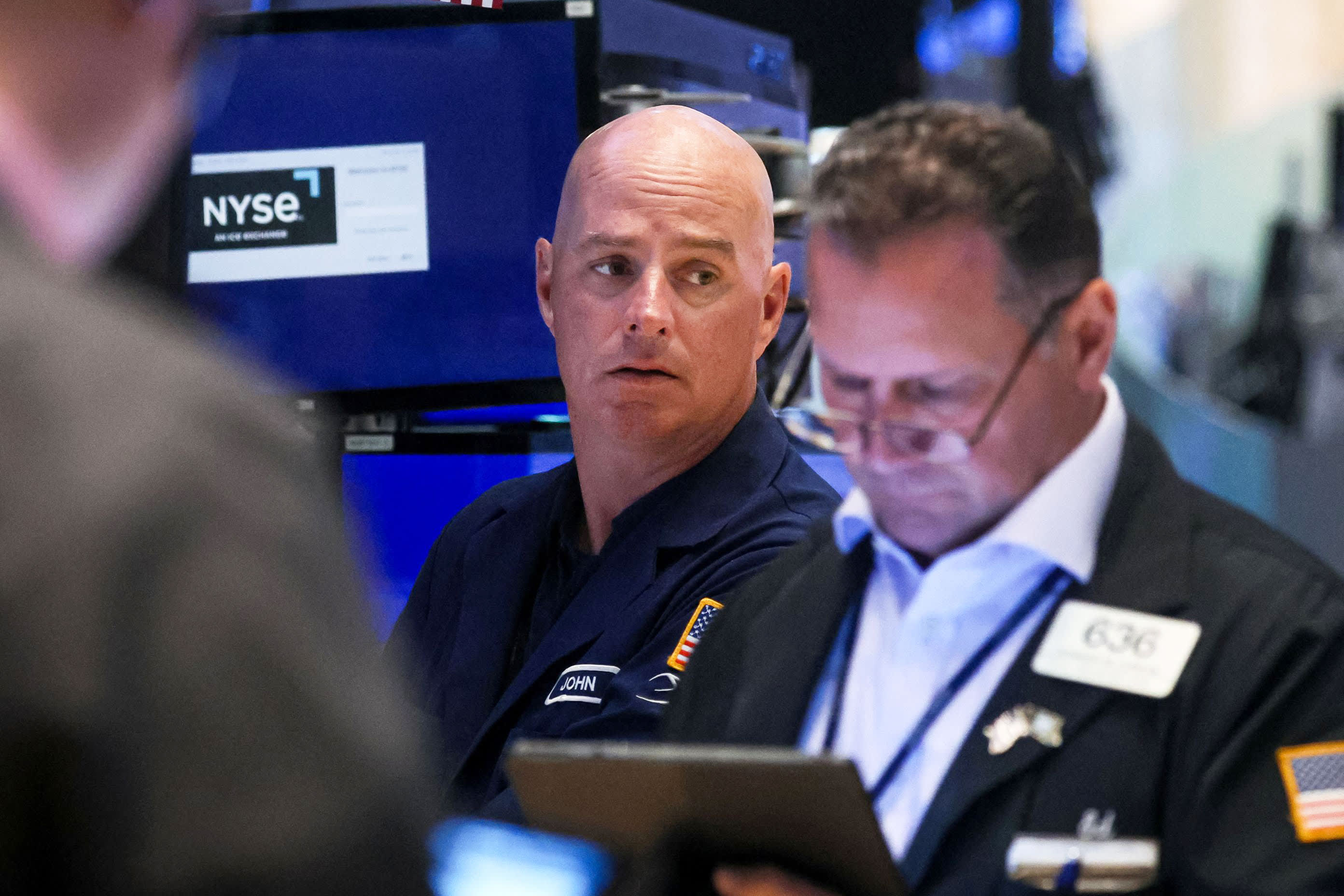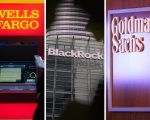
Wall Street’s glide toward higher stocks and falling bond yields was jolted into reverse Thursday, as surprisingly strong economic data sent bond yields soaring and stocks tumbling . That could mean it’s time for investors to dust off the funds that worked in previous years. The 2-year Treasury yield hit a 16-year high Thursday, and the Dow Jones Industrial Average was down more than 500 points at session lows. The Cboe Volatility Index (VIX) , often called Wall Street’s “fear gauge,” jumped to its highest level since June 1. .VIX 5D mountain The Cboe Volatility Index rose sharply on Thursday. While the broad selloff can make it tricky for investors to find safe havens, there are some exchange traded products designed to profit from volatility. For example, the iPath Series B S & P 500 VIX Short-Term Futures ETN (VXX) and the ProShares VIX Short-Term Futures ETF (VIXY) serve as bets that investor expectations of volatility will go up from here. Both funds were up more than 5% on Thursday. There are also leveraged versions of the products, like ProShares Ultra VIX Short-Term Futures ETF (UVXY) , that could provide even larger returns if uncertainty continues to grow. The UVXY is designed to provide 1.5-times returns of the VIX short-term futures and was up about 8% in midday trading. These funds worked well as short-term trades in the first half of 2020, when the Covid pandemic caused dramatic market volatility. But they have all been trending down over the past two and a half years. The volatility funds are expensive for investors, compared to larger index ETFs. The iPath fund has an expense ratio of 0.89%, while the ProShares funds cost 0.85% and 0.95%, respectively, according to the firms’ websites. Rising yields Profiting from rate spikes through bond funds can be a bit tricky. While higher rates mean investors can collect juicy yields from the funds, a continued rise in rates will drive down the price of the funds themselves. For example, the US Treasury 2-Year Note ETF (UTWO) was down slightly Thursday. There are some funds that use derivatives to bet on rate moves. For example, the actively managed Simplify Interest Rate Hedge ETF (PFIX) rose more than 90% in 2022, when the Fed was hiking aggressively. The fund has given back some of those gains this year, and seen outflows, but was up about 3.5% on Thursday. PFIX has more than $200 million in assets and an expense ratio of 0.50%, according to FactSet. Other fixed income funds focus on types of securities that have adjustable rates, which limits the price impact of changes in Treasury yields. The biggest fund in that space is the iShares Floating Rate Bond ETF (FLOT) , which was little changed on Thursday. FLOT has more than $7 billion in assets and an expense ratio of 0.15%, according to FactSet.








